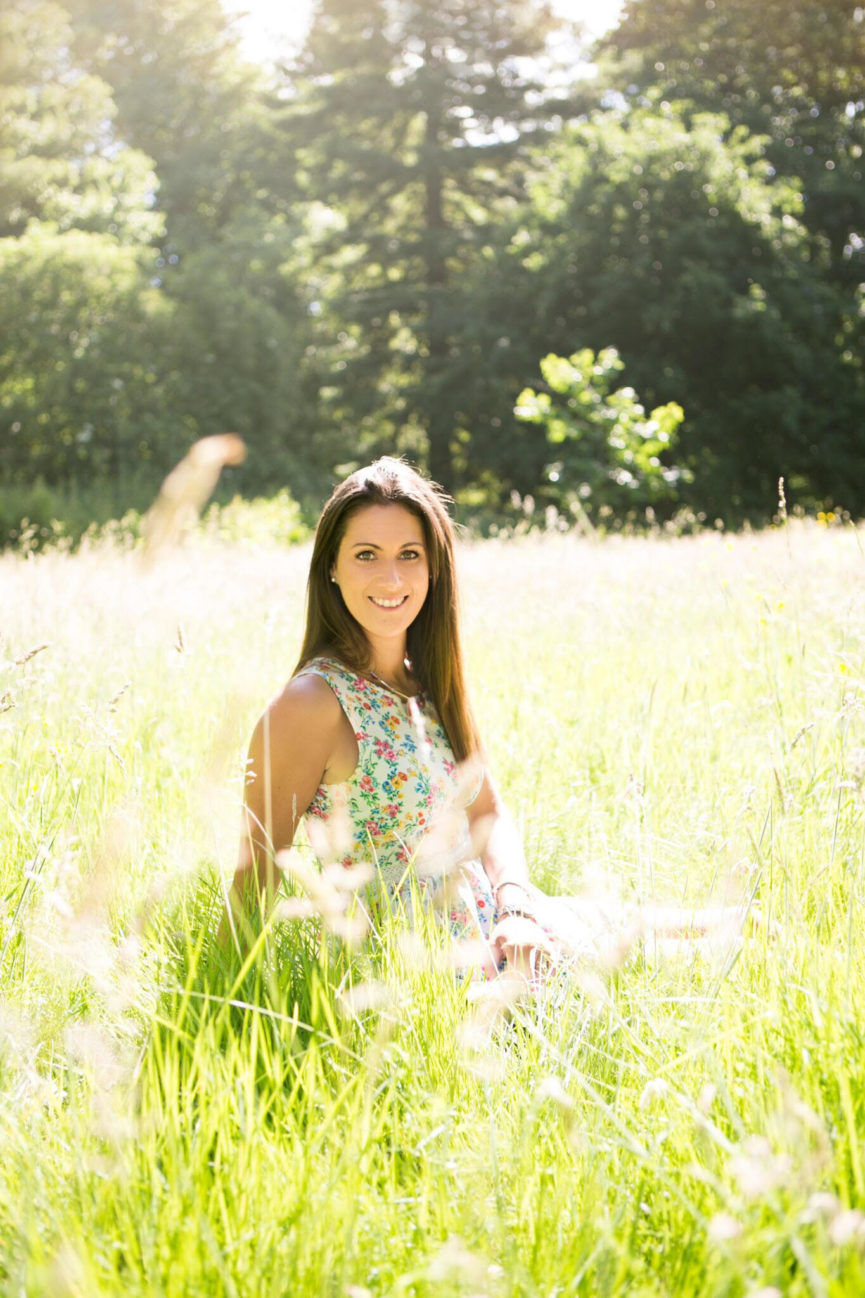WHAT IS ANXIETY?
‘A feeling of worry, nervousness or unease about something with an uncertain outcome’
Anxiety can lay dormant for many years, until a trigger sets it free inside of us. We may even have displayed and felt some of the smaller symptoms of anxiety but never linked them to anxiety.
There are so many different forms of anxiety:
- Social anxiety
- Panic attacks
- Separation anxiety
- Fear of failure
To name just a few, but for whatever anxiety you may feel or be coping with, I believe that any of these techniques, tips and recommendations can help improve your currently mental health and enhance a more positive mindset.
WHAT CAN TRIGGER ANXIETY?
The list is endless!
It could be a movie, a quarrel with a friend, someone cancelling plans, lateness, traffic, an argument with your partner, an upcoming interview, exams, flying, driving on the motorway, crowed places- the triggers are completely personal to you.
The most important element to being able to overcome and manage your anxiety is recognizing what your personal triggers are.
IDENTIFY YOUR TRIGGERS:
I feel the best way to start pinpointing what your triggers may be is to write a journal each evenings, which simply contains where you have been and what you have done in your day, linked with one or two emotions you felts at the time.
As the days and weeks pass this journal should enable you to find the trends in your emotions and what may stimulate negative thoughts or feelings.
If the journal method isn’t for you, I will also mention some apps I found beneficial and this may be the way forward for you and your journey.
HOW CAN ANXIETY PRESENT ITSELF?
For me one of the most dominant symptoms I experienced was irrational thoughts and feelings, married with catastrophising.
This then lead to some physical symptoms of sweating, dry mouth and the feeling of dehydration and restlessness – whether it be not being able to sleep at night time or not being able to sit still and focus in the daytime.
Some of the minor symptoms I would be faced with was lack of appetite, no desire to socialize or make an effort with people around me and tiredness.
The way your anxiety presents itself will be totally different – the key to this is to be brutally honest with yourself and identify when these feelings are your genuine personality and when they are fueled by anxiety.
That way, you can depersonalize the emotions and make them tangible in your mind, so that you can take hold of them and gain control.
WHAT CAN WE DO TO MANAGE OUR ANXIETY?
One tried and tested techniques with I absolutely depend on. The names I have used are my own references, but I felt they kept things concise for me!
- Colour association (for those audio/verbal people out there that like discussion or to explain worries and anxiety)
So think of a colour that can have 3 phases.
For instance mine is – Red, Pink, White.
You could have thought of Navy, Sky Blue and White,
Black, Grey, White
Red, Orange, Yellow
It really doesn’t matter as long as the colours are your choice…
These colours then become part of your everyday dialogue and conversation, whenever you need to discuss or mention anxiety.
- The strongest colour would be when anxiety has taken hold of you emotionally and physically.
- The middle colour is when you can identify that the signals are arising and starting to niggle.
- The least dominant colour of when you feel completely at peace with your emotions and thoughts, just you.
These colours will then act as a guide for your loved ones to be able to support, understand and empathize with how you are feeling, without needing a full break down and explanation from you every time.
APPS I HAVE FOUND USEFUL:
Pacifica – this app is brilliant for:
- Creating a log of your emotions each day and part of your day
- talking to communities of people without revealing any information about yourself, on mindfulness, anxiety, work life balance, school life balance etc
- Logging your nutrition and health habits in each day
- Writing down any negative or challenging thoughts and using their techniques to identify what type of thoughts these are and how to refocus them into positives
- Looking back retrospectively to find trends in your diet, lifestyle, emotions, thought process
Headspace – gives you great tools to;
- Learn how to breath more calmly and relax your mind
- Guide you through meditation and peaceful thinking
- Step by step approach to mindfulness and a healthier happy mind
- Allows you to take control of your mindset and make it as positive as you can
STATEMENTS I REFER TO FOR POSITIVITY AND REINFORCEMENT:
- It is normal to worry about some things
- Your anxiety does not define you
- Feelings are not facts
- Positive grows positive and diminishes negatives
I feel so passionately about making anxiety a more talked about area and developing ourselves into understanding individuals, so that when ourselves or our loved ones experience anxiety we can all create a healthier happier mindset to overcome these feelings.
